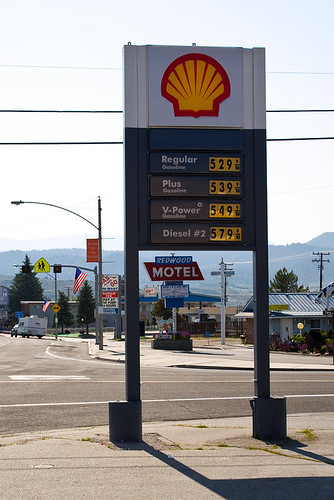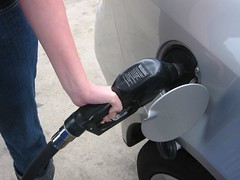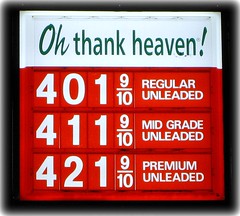Americans hit the road again as gas prices fall
(Source: Reuters)
Denise Blackerby is hitting the road again. When retail gas prices scaled historic peaks above $4 a gallon last year, she found she could no longer make monthly trips from the Dallas area to Houston in her Ford Explorer SUV to visit her family.
“When gas was $4 a gallon, I didn’t go anywhere. Now it’s all good,” Blackerby, who is 44 and works in the information technology industry, told Reuters as she bought soft drinks at a Shell gas station in Grapevine, a town near Fort Worth.
With U.S. pump prices now averaging below $2 a gallon, she’s making those regular Houston trips again.
As gasoline prices surged to record highs last year, drivers in the world’s top energy consumer cut fuel use at the greatest pace since 1983.
For U.S. consumers pinched by the economic crisis, falling gasoline prices have created what some analysts call a sort of “stimulus package” that has pumped billions of dollars in disposable income back into their wallets.






















